This is a bit of a useless opinion piece. You won't learn anything from it. I certainly didn't. I wrote it vent my frustrations over the mistakes Microsoft apparently made with Windows 8 and more so my frustrations with how people misunderstand Windows 8.
The most deliberate and obvious change is the new "Start Screen", a fullscreen application presenting so-called "tiles" (instead of icons) to launch "apps", self-contained applications usually bought from a cloud store. It replaced the very successful start button, or so people think, and was apparently meant to combine the Windows operating system with a tablet platform akin to Apple's iOS or Google's Android.
I still remember in 1995 when Windows 95 introduced the start button. Existing users of Windows 3.1 (and OS/2 Warp) didn't like it. Germany's leading personal computer seller Vobis even offered on their computers a program that made Windows 95 look like Windows 3.1 (and removed the start button) because users just hated to new start button so much. (They also didn't like the floating title bars that Windows 95 used to replace icons of running programs.) On a Windows 95 desktop, like on a Mac OS desktop and the OS/2 desktop, icons represent files (including programs), not processes. On Windows 8 a tile represents a program or process. On Windows 3.1 icons represented processes on the desktop and programs in Program Manager (and files in File Manager).
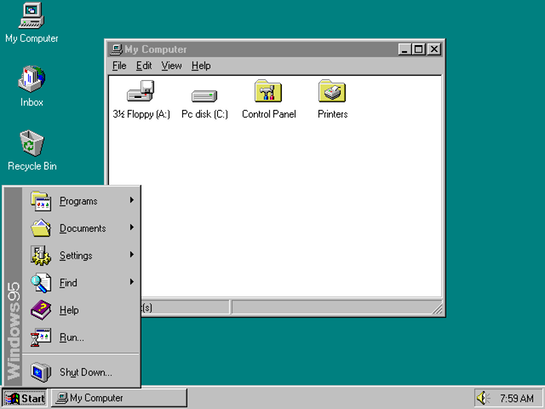
How the world had changed
Microsoft saw themselves confronted with the next generation of computing devices, the tablet computers and mobile phones. Those devices have been around for over ten years but only since the iPhone and the iPad did they leave the realm of yuppie toys and entered the realm of the average user.
That's the new average user because the average user of one decade is not the same as the average user of the other decade.
Every 10 years or so something is introduced to the market that opens the world of computers to a new stratum of potential users. Those new users greatly outnumber existing users 90 to 10 very quickly. They replace the existing users in the market, creating for the existing users a confusing situation in which, from their own perspective, nothing has changed (existing computers and features still work) but suddenly all new products appear to be of little interest. The existing user is convinced that at least some of the new products have abolutely no use and cannot imagine who would possibly by them. ("Idiots" is one typical theory that tries to explain the phenomenom.)
However, somebody does buy the new products and that somebody is a lot of people; 90% of the market consists of new users.
At the same time every second or so new generation of computers is dumbed down to allow more people access to the technology. The tablet computer, with the operating system that doesn't (usually) allow the user direct access to files except programs and that updates and configured itself is a prime example of a tool for the truly stupid which allows vast numbers of potential users access to the device.
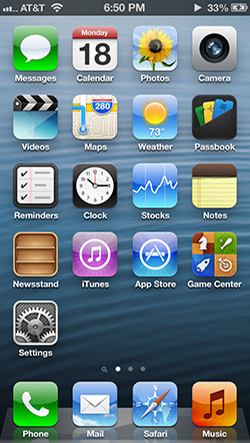
What Microsoft intended with Windows 8
Microsoft lost to Apple and Google (and to an extent even to Research in Motion, makers of the Blackberry) in the war for first mover advantage. Even though Microsoft made a tabler-ready OS and tried to get partners to sell tablet computers, it never worked out. Microsoft's customers didn't need tablet computers; they still don't. But Microsoft's customers are the 10% of existing users. The 90% new users had no reason to buy from Microsoft.
In came Apple and Google and sold people what they wanted. (Google does not technically sell Android but makes money by getting people to use the Internet as much as possible and pointing them to Google's Web services.) Microsoft's second-greatest advantage was and remains backwards compatibility to earlier versions of Windows, to MS-DOS before that, and to CP/M before that. Microsoft's greatest advantage was the fact that new software was primarily developed for Microsoft platforms (MS-DOS and Windows). Both were no accidents.
Microsoft's marketing was always directed not at end users (you will easily agree with this statement if you remember Windows 3.1 and MS-DOS) but at developers. Microsoft's developer tools, documentation and support are truly excellent; second to none. A software developer is king in Microsoft's empire. And the emperor was Bill Gates, also a software developer from the old days of assembly programming and BASIC interpreters and compilers (Microsoft wrote the vast majority of BASIC interpreters and compilers).
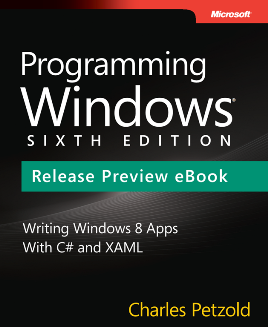
Apple's and Google's marketing is directed at end users.
Google does show a lot of sympathy for the programmer but ultimately markets towards the search engine user of any profession. Apple sells to the end user only. Software developers in the Apple world are at best treated as a necessity, at worst faces open hostility. Apple's developer tools are an installable catastrophe.
Microsoft convinced software developers and users came to the platform because of software availability.
Apple convinced end users and software developers came to the platform because that's where the users were.
Windows 8 is Microsoft's attempt to combine the new tablet paradigm (which has finally found its users) with the classical Microsoft advantage of backwards compatibility. The developer tools for the new Microsoft tablet platform remain excellent.
Microsoft's problem is that the 90% do not buy from Microsoft, so Microsoft uses the old strategy of selling to developers and waiting for the users to follow. What Windows 8 offers to developers is a vast number of users that can run the new tablet programs (variously named "Metro apps", "modern apps" and "Windows Store apps" depending on time and temperament) and hence a reason to develop for a new platform with old users.
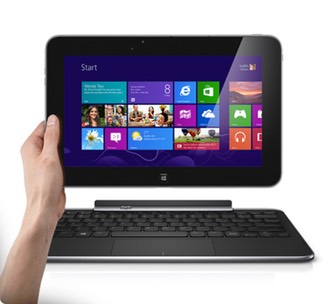
Microsoft will eventually get there as developers will develop for several mobile platforms and have not many specific reasons to exclude Windows. (They have one, as I wrote about in this article here.)
But until then, Windows 8 is a problem.
What went wrong with Windows 8?
Most would say that the start screen is what went wrong. But when I think about it, Microsoft really didn't have a choice. The only workable strategy was to introduce the new tablet/Metro/moden/Windows Store platform with lots of users who can run those programs. So Windows 8 had to support tablet programs.
If the start button had remained, new users (the 90%) wouldn't see that Windows is a tablet platform like iOS and Android.
And since the start button is gone, existing users (the 10%) don't want to upgrade to Windows 8.
The battle for the new users is not over, but the best two weapons Microsoft have, the existing users and the developers, cannot be deployed like this. Microsoft are still trying to find the best compromise between the two models.
Most of Windows 8 went right.
Indeed, I have now used a Windows 8 (RT) tablet for a week and from my point of view the Windows start screen GUI is superior to iOS. It's easier to get to settings, to switch between apps, and everything is just… nicer.
I also noticed that the desktop environment, also a part of Windows 8 on actual tablets is almost unusable with a touch screen. (But I wouldn't want Microsoft to remove the feature because with an attached keyboard it makes the tablet into a real usable PC.)
Most of what went wrong with Windows 8 has to do with how Microsoft didn't understand the customer. The customer wants to hate new products. The customer can hate Windows 8. Plus disliking Windows 8 publicly has become a sure sign that one understands computers and is an experienced user with very specific needs.
Actually, the start screen is an excellent feature of Windows 8. A user can actually run his tablet programs on his PC as well! That's great, it's a very good feature. I hear that the Linux crowd works on this with Android compatibility. But Microsoft delivers. If I like a game I downloaded for my tablet, I can play it on my PC. That's great! But few people understand the feature that way.
Of course several companies like Stardock offer a start button for Windows 8.
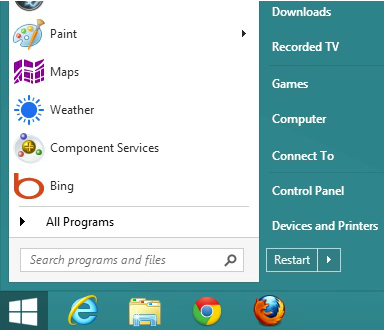
Most pundits asked why didn't Microsoft. I think the reason is obvious, Microsoft could not afford to have people ignore the new user interface and the new Windows Store (Metro/modern) apps.
The start screen had to be omnipresent. A start button would not do.
Incidentally, Windows 8 has a start button in the sense that users can press Windows-x and get a menu that contains lots of useful system tasks. And Mac users never had a start menu and seem to survive too. It is possible to use Windows without ever seeing the start screen if one uses the Windows-7-like dock as a Windows-7-like dock. But somehow seeing Windows makes one want to press a start button.
